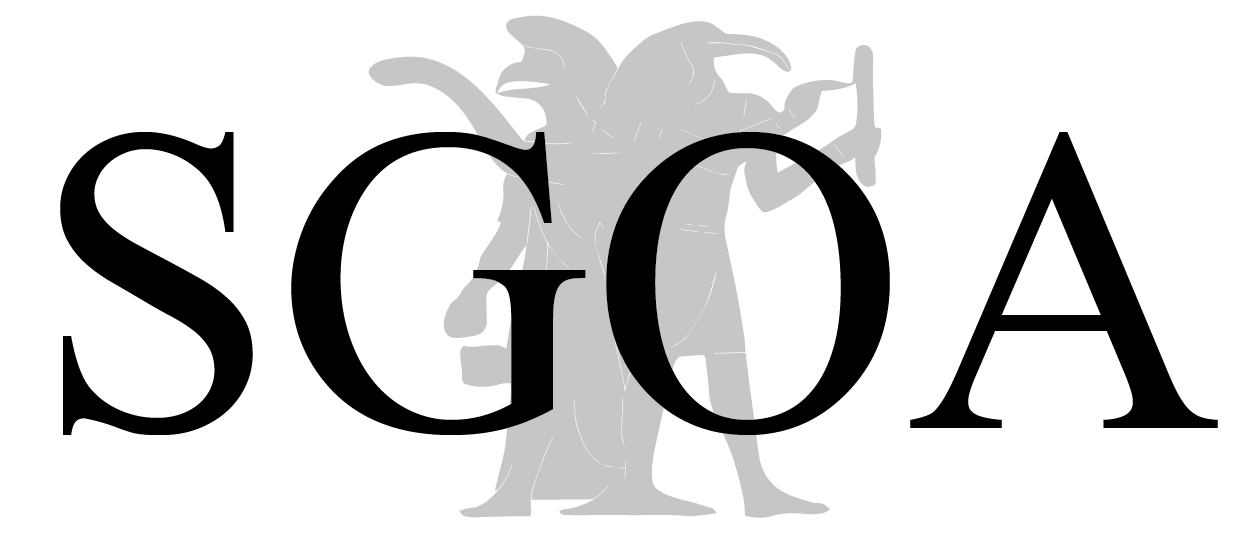OBO 268 – Erika Bleibtreu & Hans Ulrich Steymans (éds.) / Edith Porada
A Centenary Volume.
Edith Porada (1912-1994) wurde 1935 mit ihrer Dissertation Die Rollsiegel der Akkadzeit in Wien promoviert. Ab 1938 in den USA lebend, publizierte sie mit Unterstützung der American Schools of Oriental Research Siegelungen auf den bei amerikanischen Grabungen in Nuzi (Jorgan Tepe, Syrien) gefundenen Tontafeln. Richtungweisend für die stilgeschichtliche und typologische Forschung altorientalischer Glyptik war ihre 1948 erschienene Publikation der Rollsiegelsammlung der Pierpont Morgan Library. Das zweibändige Werk gilt nach wie vor als Standardliteratur. Zunächst unterrichtete sie am Queens College in New York allgemeine Kunstgeschichte. 1958 wechselte sie zum Department für Kunstgeschichte und Archäologie an der Columbia University, wo sie 1973 die Arthur Lehman Professur erhielt. Ab 1983 hatte sie dort den Edith Porada Lehrstuhl für Ancient Near Eastern Art History and Archaeology inne. wo sie bis 1993 unterrichtete.
Edith Porada (1912-1994) was a pioneer in applying her university studies of Assyriology, Archaeology and Art History to research on stamp and cylinder seals from the Ancient Near East and its vicinity including the Aegean and Iran.
This book reprints some of Edith Porada’s articles, copies of which may be difficult to obtain. They are sorted into three topics: work on collections, her methods, the transmission of concepts between the Aegean and Iran. Newly written articles contextualize them in present research. At the end of the book, Edith Porada’s dissertation on Akkadian cylinder seals, which has never been published, is carefully reviewed.
In 1933-34, Edith Porada worked on seal collections in Berlin such as the Hahn-Voss collection, the Sarre collection, and the Vorderasiatische Museum. Later she conducted research on the seal collections in Jerusalem (1938), the Pierpont Morgan Library (1946-48, 1976) and Columbia University (1964) in New York. Following a biography and bibliography the first section of the book deals with the collections that Edith Porada researched in Berlin. Reprints of her articles about the Jerusalem and US collections follow.
The section covering methods begins with an introduction by Mirko Novák (Bern) and ends with memories about Edith Porada as a teacher by Dominique Collon (London). Founded on a detailed description of the design, Edith Porada aimed to localize and date a seal by way of technical considerations (way of engraving), style, general subject, composition and distinctive elements (garment, posture). She was reluctant to interpret the iconography on the basis of texts, assuming a split of the mythological tradition into a pictorial and a written form.
An article by Joan Aruz introduces the section about the motifs and conventions that were shared from Iran to Cyprus. In her first reprinted article Edith Porada dealt with a faience cylinder from the Late Bronze Age. The seal was excavated in Mycenae. It depicts Mitannian glyptic design that corresponds to the style of cylinders found in Alalaḫ and Ugarit. In further articles Edith Porada discussed cylinder seals from Hala Sultan Tekke in Cyprus, a Middle Assyrian cylinder found in Tyre, and another Middle Assyrian seal exhibiting Hittite elements. Analyzing a Theban seal in Cypriote style with Minoan elements, she used Egyptian motifs and their meaning for the interpretation of Cypriote scenes. Cylinder seals from Syria, Mesopotamia, east Iran and possibly Afghanistan found in the treasure of the Montu temple at Tôd were understood as pointing to the trade routes that linked Egypt with Asia. She also wrote about a seal from Iran and another one depicting a storm god that reminded her of the golden Haslanu bowl found in Azerbeijan (Iran). A contribution by Holly Pittman about cylinder seals from southeastern Iran closes this part.
The article concerning Edith Porada’s dissertation depicts the seals, which she had analyzed, that are not shown in R. M. Boehmer’s, Die Entwicklung der Glyptik während der Akkad-Zeit (1965). Read together with Boehmer, this review of her first academic work provides an extensive presentation of Akkad seals. Her list of iconographic motifs is especially valuable. This book will be of didactic use for any introductory course on Ancient Near Eastern seals.
Erika Bleibtreu kam nach ihrem Studium in Graz bei Ernst Weidner und Margarete Falkner (Vorderasiatische Archäologie) 1963 nach Wien als Assistentin am Institut für Orientalistik der Universität Wien, wo sie von 1964-1984 die Redaktion der Wiener Zeitschrift für die Kunde des Morgenlandes leitete. Ihr Lehrer in Oxford, England, Sir Max Mallowan, ermöglichte ihr 1970 eine Studienreise in den Irak. 1977 habilitierte sie sich an der Universität Wien für das Fach Vorderasiatische Archäologie und hielt am Institut für Orientalistik Vorlesungen und Seminare. 1988 wurde sie in Wien zum Außerordentlichen Professor ernannt. Nach ihrer Versetzung in den Ruhestand arbeitete sie gemeinsam mit dem Professor für Klassische Archäologie, Jürgen Borchhardt, bis 2014 an mehreren Publikationen.
Hans Ulrich Steymans studierte von 1989 bis 2000 in Wien Altsemitische Philologie und Vorderasiatische Archäologie. Erika Bleibtreu bildete ihn dort im formalistischen Zugang zu den Bildwerken des Alten Orients aus. 2004 erhielt er einen Ruf auf den Lehrstuhl für Altes Testament und Biblische Umwelt an der Universität Freiburg/Schweiz. Seitdem hat er auch zu der von seinem Vorgänger auf diesem Lehrstuhl, Othmar Keel, entwickelten ikonographischen Methode der Deutung altorientalischer Bildnisse publiziert. Dazu gehört der 2010 als Orbis Biblicus et Orientalis 245 veröffentlichte Sammelband Gilgamesch: Ikonographie eines Helden.
2014, pages XVI-642,
ISBN 978-3-7278-1754-0
Commande du livre
Peeters Publishers
Download texte intégral
ZORA (Zurich Open Repository and Archive)

